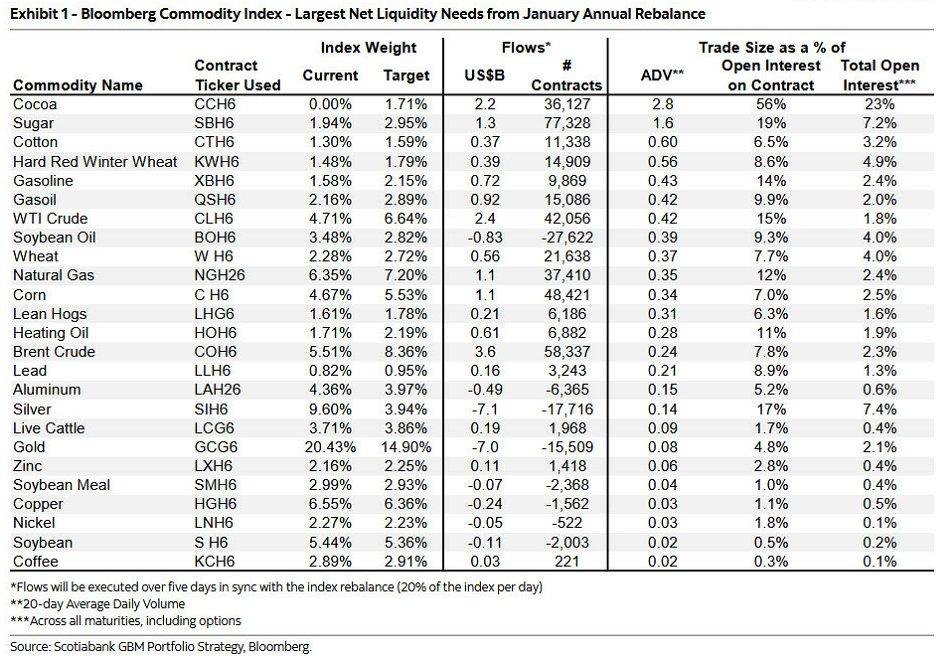The Economics Policy Institute (EPI) has promoted a myth that recent price inflation is a “global phenomenon,” is not caused by domestic economic policies. An EPI study claims “that high [price] inflation in the U.S. has not been driven by any unique American policy—not the American Rescue Plan and other generous fiscal relief during the pandemic recession and recovery nor anything else U.S.-centric”. It doesn’t logically follow that something that we observe in most or all nations can’t be due to domestic policies in each of these nations. It is quite possible for nations to emulate each other’s domestic policies, and to each experience very similar results.
The EPI and their allies focus on “generous fiscal policy” as a false cause of price inflation to divert attention from the true source of price inflation: monetary policy. How does the money supply in each nation relate to the rate of price inflation in each nation?
The first graph below charts growth in M3 money supply (the broad measure of total money in an economy) for the US, Japan, Russia, and the 19 eurozone nations. The second graph charts monthly rates of price inflation for these nations (CPI data for Russia and Japan cut off in early 2022). The third graph below Charts annual CPI data for these nations. What does this data tell us?
Russia (the solid blue lines) had the fastest rate of money supply growth just prior to the pandemic, and the highest pre-pandemic price inflation rates. Japan (dashed blue lines) had the slowest rate of money supply growth just prior to the pandemic, and the lowest pre-pandemic price inflation rate. US, UK, and Eurozone nations (purple dot lines for the Eurozone) had pre-pandemic M3 money supply growth in-between Russia and Japan, and pre-pandemic CPI inflation rates in-between Russia and Japan.
All of these nations responded to the pandemic by increasing their M3 money supply. Japan’s pandemic monetary policy Was the least aggressive, and started later, hence they suffered the smallest devaluation of their currency. The US and Russian Central banks were most aggressive, hence we and the Russians suffered larger devaluations of our currencies. The European Central Bank and the Bank of England enacted policies that were more aggressive than the Bank of Japan’s and less aggressive than our central Federal Reserve policies pandemic. Hence, the Eurozone and the UK had pandemic price inflation rates that were higher than in Japan, but lower than in the US and Russia
The EPI correctly discounted the possibility that “generous fiscal stimulus” caused price inflation. Fiscal deficits redirect the flow of our money away from the private sector, into the public sector- this alters the composition of total spending, not total spending. The monetary policies carried out by central banks during the pandemic in each nation increased the total amounts of money circulating in each nation.
The recent wave of price inflation around the world wasn’t due to pandemic supply chain disruption, nor was it due to corporate greed. Nations around the world responded to the COVID 19 pandemic by switching from slower rates of money supply growth to faster rates of money supply growth. With more money chasing after a limited supply of goods, higher price inflation rates were inevitable. Direct responsibility for price inflation lies with central bankers- who control money supply growth. As Milton Friedman said, “inflation is always and everywhere a monetary phenomenon”. Final responsibility for the recent wave of price inflation lies with all the people who continue to either defend or popularize the myth that central banks can manage our economies responsibly.

Originally published at “On the Other Hand...”
Full story here Are you the author? Previous post See more for Next postTags: Featured,newsletter

























